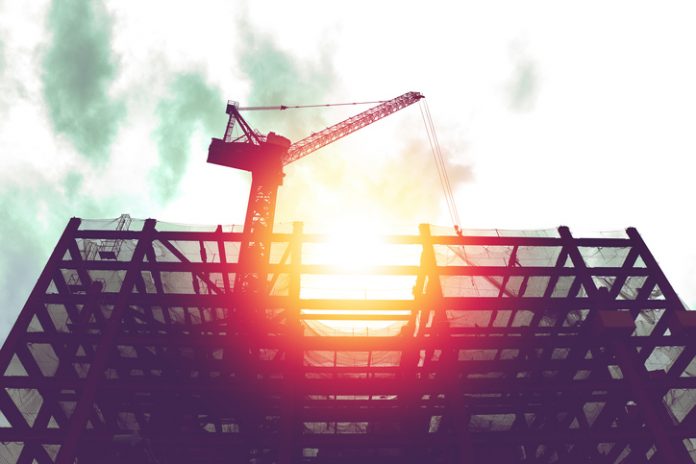PORTSMOUTH, N.H.—At the end of 2018, the total U.S. hotel construction pipeline continued to trend upward with 5,530 projects totaling 669,456 rooms, both up a strong 7 percent year-over-year (YOY), according to analysts at Lodging Econometrics (LE). However, the pipeline totals continue to trail the all-time high of 5,883 projects and 785,547 rooms reached in the second quarter of 2008.
Hotel project counts in the early planning stage continued to rise at the year’s end, reaching an all-time high of 1,723 projects and 199,326 rooms, up 14 percent by projects and 12 percent by rooms YOY. Projects scheduled to start construction in the next 12 months stand at 2,153 projects/255,083 rooms. Projects currently under construction are at 1,654 projects/215,047 rooms—the highest counts since early 2008.
Also noteworthy at year-end, the upscale, upper-midscale, and midscale categories are at record-highs for both rooms and projects. Luxury room counts and upper-upscale project counts are also at record levels.
New Supply in 2018 and 2019
In 2018, the United States had 947 new hotels and 112,050 rooms open—a 2 percent growth in new supply—bringing the total U.S. hotel census to 56,909 properties and 5,381,090 rooms. The LE forecast for new hotel openings in 2019 anticipates a 2.2 percent supply growth rate with 1,022 new hotels and 116,357 rooms expected to open. The pace for new hotel openings has slowed slightly because of construction delays largely caused by shortages in skilled labor.
Lending at attractive rates is still accessible to developers, but lenders are growing more selective as the industry moves deeper into the existing cycle.
Slow Growth Rate Ahead
The pipeline has completed its seventh consecutive year of growth. Moving forward, the growth rate is expected to slow as the economies of most countries, including the United States, more firmly settle into the “new normal” marked by slow growth and low inflation, according to LE.
While there are no visible signs of a recession on the horizon, the risks to the economy are not insignificant and include tariff conflicts, swings in the stock market, unforeseen geopolitical problems, any of which could send the economy lower.











